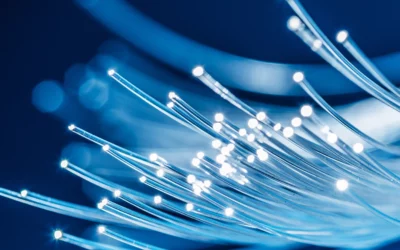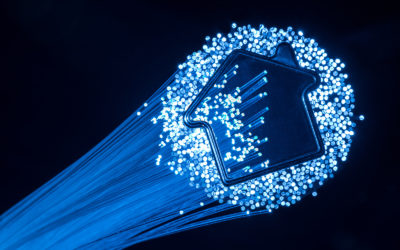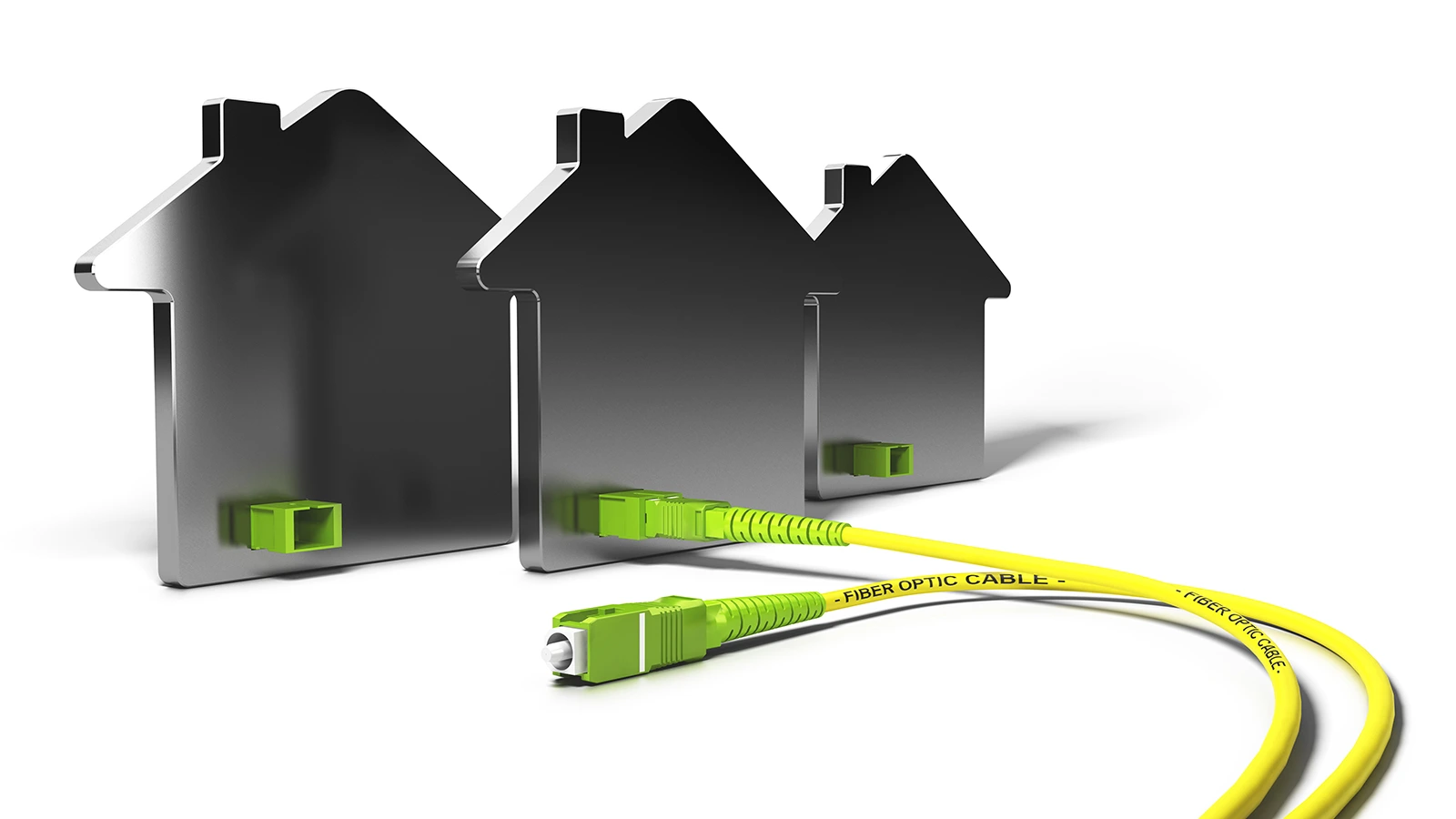Featured
Fiber Optic Internet – A Complete Guide
This friendly, complete cable modem guide will answer your essential questions about cable modems, comparisons, compatibility and more FAQs that matter to you.
5 Key Advantages of PON Internet
Passive optical network (PON) Internet, or shared fiber, has a lot of advantages. Some of these advantages are cost savings, high speeds, and reliability. Learn more.
Does FIOS use Ethernet or coax?
While fiber-optic services (FiOS) require fiber-optic cabling and PON systems, a FiOS network can support Ethernet or Coax at the termination point (FTTH or FTTP). Learn more.
What is the Difference Between EPON and GPON?
GPON (Gigabit Passive Optical Network) and EPON (Ethernet Passive Optical Network) are both PON protocols that serve Ethernet acces to users over a fiber-optic network. Learn more about the difference and how they work.
What is Fiber?
Fiber Optic Internet – A Complete Guide
This friendly, complete cable modem guide will answer your essential questions about cable modems, comparisons, compatibility and more FAQs that matter to you.
PON, EPON, GPON: Everything You Need to Know
A look at the basics of fiber optic networking, including an explanation of PON, EPON, GPON and understanding OLT, ONT/ONU and more.
What is a Passive Optical Network (PON)?
A passive optical network (PON) is a fiber-optic network that allows an Internet service provider (ISP) and consumer to communicate. This is how you get broadband access with fiber-optic services (FiOS). PON is one protocol. Learn more.
What is GPON technology?
GPON (Gigabit Passive Optical Network) is a next-generation PON standard that allows more fiberoptic-coverage and flexibility. Learn more.
What is an ONT used for?
ONT stands for Optical Network Terminal. It is the endpoint device in a fiber to the home (FTTH) or fiber to the business (FTTB) system. Learn more.
What is an ONT?
ONT stands for Optical Network Terminal. It is the device that communicates with your Internet service provider (ISP) on a fiber-optic Internet network. Learn more.
What is a Fiber Optic Router?
A fiber optic router is a small box that translates data from your fiber modem (or ONT) to communicate a Wi-Fi signal to the devices on your local network. Learn more.
How Does Fiber Work?
5 Key Advantages of PON Internet
Passive optical network (PON) Internet, or shared fiber, has a lot of advantages. Some of these advantages are cost savings, high speeds, and reliability. Learn more.
Does FIOS use Ethernet or coax?
While fiber-optic services (FiOS) require fiber-optic cabling and PON systems, a FiOS network can support Ethernet or Coax at the termination point (FTTH or FTTP). Learn more.
What is GPON and How Does it Work?
GPON (Gigabit Passive Optical Network) is a next-generation PON standard used to deliver broadband access to homes and businesses. It consists of OLT (Optical Line Terminals), ONU (Optical Network Unit), and a splitter. Learn more.
Do You Need a Modem with an ONT?
Unlike a cable modem, FiOS does not use DOCSIS. Therefore, on a fiber-optic network you do not need a modem. You need an optical network terminal (ONT). Learn more.
Comparisons
What is the Difference Between EPON and GPON?
GPON (Gigabit Passive Optical Network) and EPON (Ethernet Passive Optical Network) are both PON protocols that serve Ethernet acces to users over a fiber-optic network. Learn more about the difference and how they work.
What is the Difference Between OLT and ONT?
OLT stands for Optical Line Terminal. It is you Internet service providers’ (ISP) equipment. ONT stands for Optical Network Terminal. This is the equipment on your end. Learn more about how they fit into your fiber optic network.



